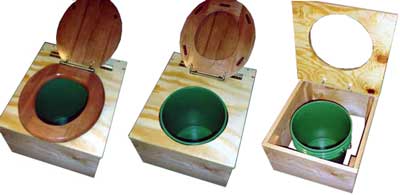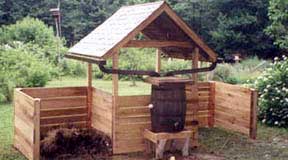Kyle and I visit the local tip almost every weekend, and have done for over a year now. Our latest finds, pictured below, were purchased this morning for a grand total of $40.
The slightly rusty but very sturdy white box is going to get de-rusted, repainted, decorated internally with insulation and al-foil and become a solar oven.
The rolls of barbed wire will begin our collection for building either our house or water tanks or any number or random other things with earthbags. We've avoided barbed wire until now as we were sure we'd need special galvanised stuff or something, but this was just too perfect to pass up so we figure after this we'll just pick up any other bits of barbed wire we find - there's heaps of it around for cheaps.
The rusty looking bedframe thing is just welded together angle iron, so along with the rebar will be ripped apart with an angle grinder and hacksaw, then welded together form the ash grate for our soon-to-be barrel oven. Kyle's going to slowly put the pieces for the barrel oven together over the next month or two as it will likely be one of the first things we build on site after settlement on the land itself. We bought a mig welder about a month ago on GumTree for $100, so we're all set!
The random piece of some kind of hardwood will be added to Kyle's extensive timber collection. We think that to buy the equivalent to Kyle's collection new would cost several thousand dollars at least, but we've spent maybe $300 on it over the last two years.
The really odd find was the yellow fluttering-looking things on top of the box. These are flags, made of wire stakes and light high-vis plastic. We know we'll need something along these lines for marking out either buildings themselves or, later on, contours on the land for swales and dams to control water flow down the hill. These ones were a bit wet, so the flags were all stuck together, but there were about 30 of them and since we know we'll need something like this eventually we might as well grab them now. One less thing to buy later on.
Not bad for $40! Buying building materials this way does tend to make budgeting a challenge, though.




